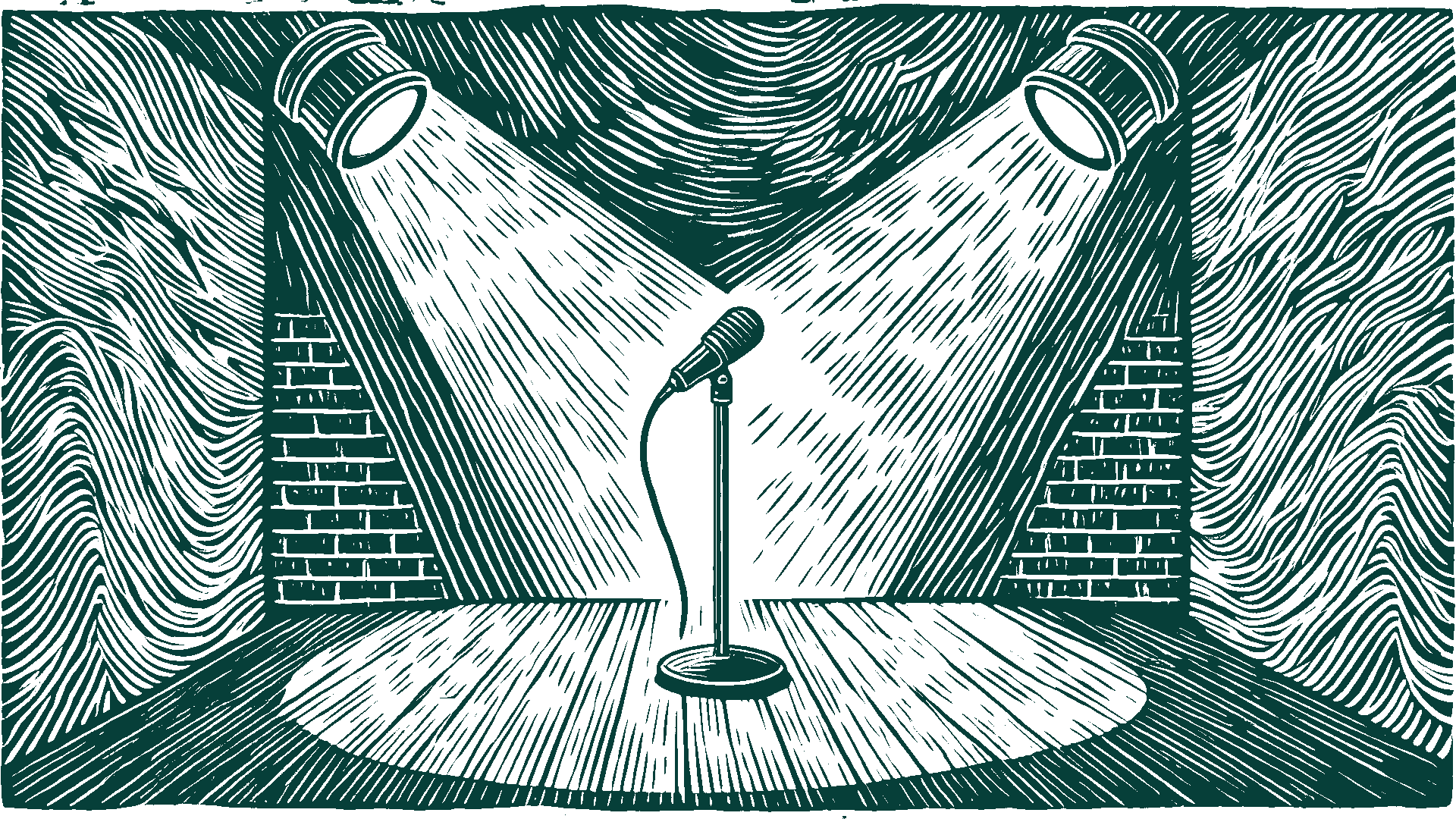A Blog with Tips & Tricks for Enlightened Presenters

How to Funny: Using Humor in your Presentations
Picture yourself selling an idea to an audience. Do you want your audience to laugh, or do you want them to be all business? That’s an easy answer. Laughing releases oxytocin, the feel-good brain chemical that helps boost feelings of loyalty and trust. Go for the chuckles, and help your audience feel how much they can trust you.
However, it’s not always easy being funny in a professional setting – particularly if comedy doesn’t come naturally. What should you look for in a joke when you’re trying to sell?
It Should Be Relevant to Your Idea
For the sake of a laugh, don’t just repeat a joke you heard at open mic hour last night. The joke you make should reinforce, not distract, from the point. It’s better if the punchline is related to your storyline in some way. Especially if it’s at the expense of the enemy, or conflict.
It Should Be Appropriate for the Audience
Jokes can always push the envelope (they’re funnier that way) – but the subject matter should be acceptable to your audience. Use your best judgment to determine the taboo territories. Now, write and include jokes that stop just shy of them.
It Should Be Well Told
Nothing ruins a joke like stuttering, backtracking or leaving important words out. Your joke should be smooth and appear to flow easily. Another case for rehearsal.
It Should Be Simple
Especially in a presentation setting, the more the audience has to work to understand the joke, the less likely they are to engage. Avoid The Aristocrats. Keep it simple.
It Should Be Relatable
Don’t live with the burden of making your jokes universal. You’re not trying to make everyonelaugh. Your audience has a specific reason for being in the room with you. Tailor the funniness to them by employing devices like industry lingo. Their competitors and coworkers could even be characters in your joke.
It Should Show Vulnerability
Jokes often poke fun for humor’s sake. If you’re poking fun, do so at your own expense (or prepare to be heckled back). Further, showing you’re human too can open the lines of empathy even more.
It Should Be Based on Observation
Tell a joke based on a simple, universal truth – but one on which you have a unique perspective. For a good example, think of Mitch Hedberg’s classic: “This shirt is dry clean only. Which means… It’s dirty.”
It Should Combine Your Unique Perspective With Your Unique Delivery
The best jokes show a comedian’s worldview and demonstrate their particular delivery style. Ellen DeGeneres, in one of her more famous stand-up routines laments the size of in-flight snacks by demonstrating how she scrapes the salt from the bottom of the peanut bag. This joke wouldn’t be the same without her dry brand of slapstick.
If the Joke Doesn’t Work – Kill It
Keep one important thing in mind: if you’ve never been successful with a joke, for the love of all that’s holy, don’t keep trying to do it (ask Sarah Kimes how that’s working out for her). If you have trouble making people laugh when selling ideas – and you don’t trust yourself to pull off a killer joke – try playing a funny video or relevant movie clip. At the very least, test your material with multiple audiences first. While humor works, telling bad jokes can discredit you or distract your audience from what you’re trying to do. So if in doubt, leave it out.
You’re trying to sell an important idea — but that doesn’t mean that your talk should be all business. Incorporating a little humor will make people feel engaged and connected to you, and you may find that your talks land more successfully. If you need help writing jokes (that work), get in touch with GatherRound. We’ll help you give your audience a laugh, giving them one more reason to buy into your idea.